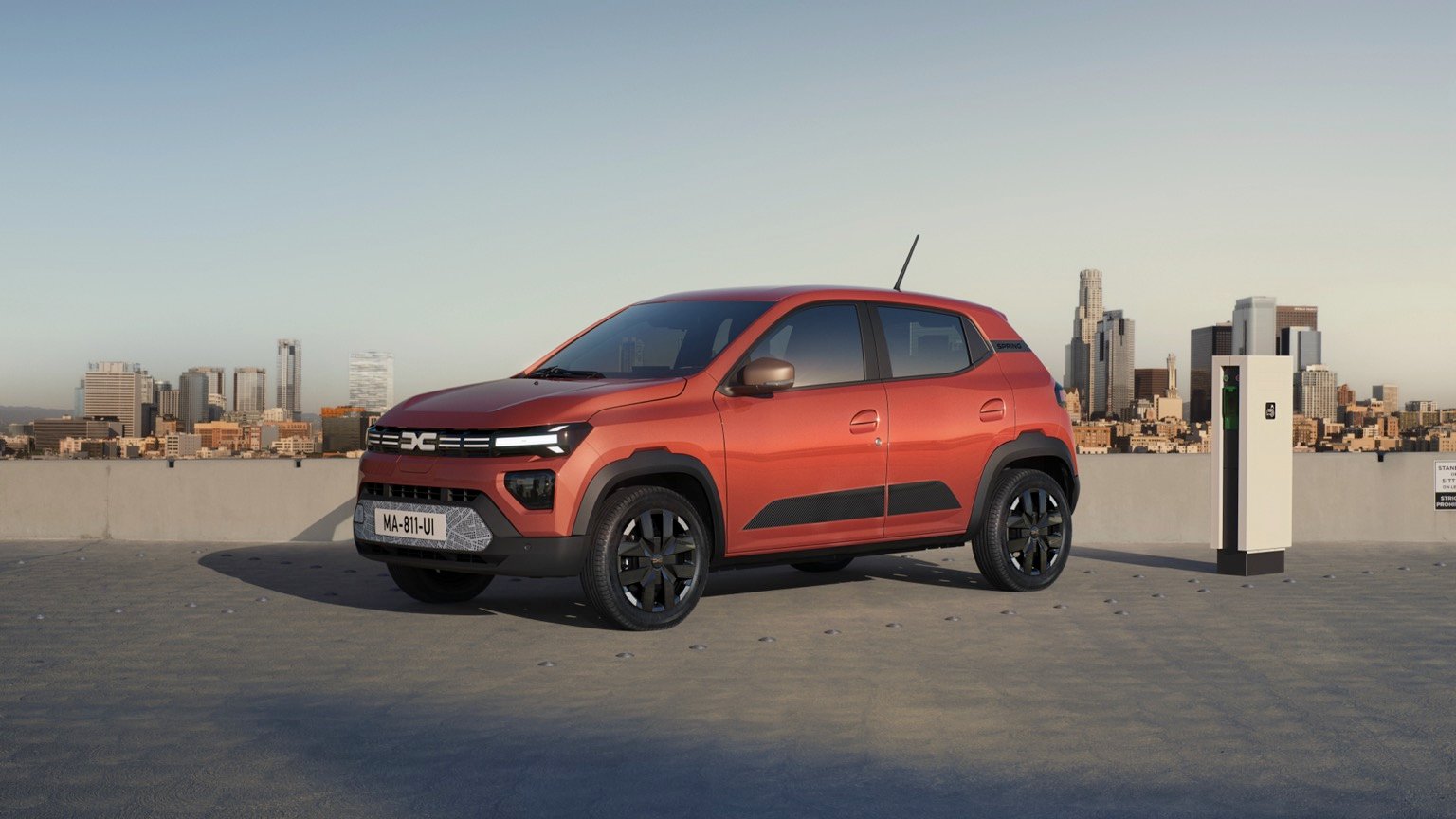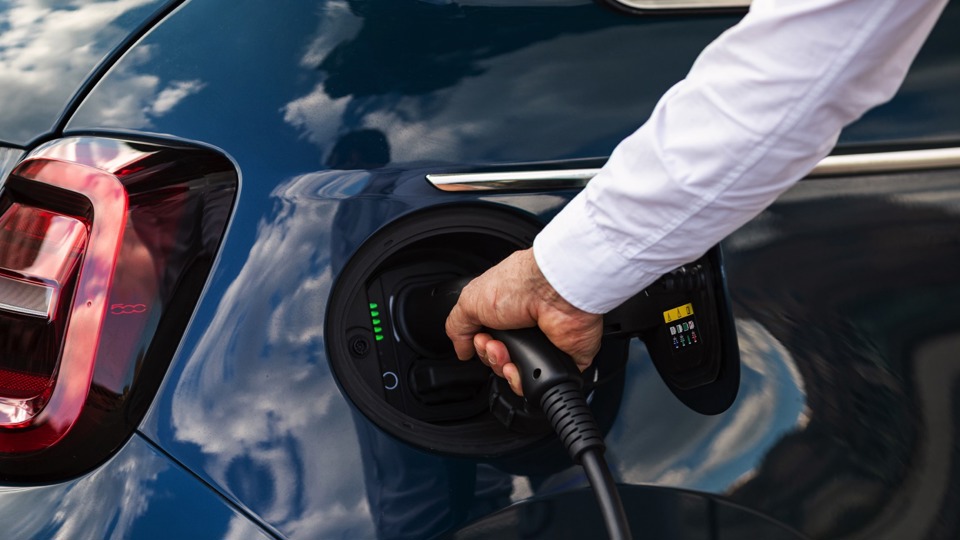Car manufacturers are recalibrating their battery electric vehicle (BEV) production plans with a focus on plug-in hybrids (PHEVs) due to a falling demand for zero-emission vehicles.
Fleets in the UK have always been the driving force behind EV adoption thanks to low company car tax rates and the increasing reach of salary sacrifice schemes.
However, demand for the mass market customer has hit a wall due to the relatively high price of new fully-electric cars and original equipment manufacturers (OEMs) struggling to make them at a profit.
Data from the Society of Motor Manufacturers and Traders (SMMT) shows battery electric vehicle (BEV) market share was 16.6% in 2022 and then flat at 16.5% in 2023.
Year-to-date, BEV is at 15.8% market share in the UK.
Tesla shares have fallen by 30% this year, Renault recently confirmed it will not float its EV development arm Ampere due to a lower-than-expected valuation and Volkswagen has also delayed its plans to list shares in its battery manufacturing business.
Apple has cancelled its self-driving electric car plans, while Polestar has had to secure extra funding after Volvo reduced its shareholding in the business.
Ford and Jaguar Land Rover (JLR) both held earnings calls that either rolled back on EV plans or highlighted their struggles with making them at a profit.
BYD also announced it would be introducing hybrid models to Europe, whereas it had previously launched here as EV-only.
Jim Farley, Ford chief executive, told journalists on the carmarker’s global Q4 update in February that the high price of EVs is the barrier to entry for mass market adoption and it is now focussing on cost and efficiency to produce smaller vehicles that can be made at a profit to compete with Tesla and Chinese challenger brands on price.
JLR has slowed its all-electric Land Rover rollout from six models by 2026 down to four.
Adrian Mardell, JLR chief executive, said in the company’s own earnings call in February that it is extending BEV development time as it “works hard in the interim to make more plug-in hybrids available in response to increased customer acceptance of the technology”.
Paul Hollick, Association of Fleet Professionals (AFP) chair, said that while there is always “that thought in the back of your mind that you’re investing in technology that could be another Blackberry”, the indication from the Government is that EV is the technology it is backing, at least for the next decade.
Hollick said the movements by OEMs in the market with regards to their EV plans is not having a material impact on how fleets are planning for the future.
“The Government is backing BEVs as the technology we should be going for and as fleet operators we have to play with what’s being set up ahead of us,” he continued.
“Only a handful of fleets are changing their objectives with BEV with regards to the ICE ban being pushed back to 2035, so the vast majority of fleets are still working towards 100% zero emission by 2030 anyway.”
Hollick still thinks there could be a role to play with decarbonising the internal combustion engine (ICE) fleet with technologies like e-fuels, although it’s not something the Department for Transport (DfT) is currently in favour of.
Ford remains committed to BEV future
A spokesperson for Ford told Fleet News the brand “remains committed to a battery electric future” and its line-up of vehicles gives fleet customers the choice between BEV and plug-in hybrids for the short to medium term.
Ford confirmed it will have nine BEVs in the UK market by 2025. This BEV line-up will include Puma Gen-E, Explorer, a yet to be revealed sports crossover, Mustang Mach-E, Transit Courier, Tourneo Courier, Transit Custom, Tourneo Custom and E-Transit.
Along with these battery electric options, Ford will also be offering plug-in hybrid variants of Kuga, Transit Connect, Tourneo Connect, Transit Custom and Tourneo Custom.
Owen Edwards, head of downstream automotive consulting at Grant Thornton, said BEV demand has hit a wall due to price being a barrier for mass market retail customers.
He said: “People are questioning the future of EVs and saying they’re too expensive, but how is the industry working to address this?
“Tesla and these Chinese manufacturers are looking at the problem and are already making it work.
“If Tesla is right, they’ll be producing a $22,000 BEV. China is already manufacturing $14,000 BEVs.”
Edwards is predicting 2024 to 2027 to be make or break years for established car manufacturers as they race to catch up with Tesla and Chinese manufacturers that have already discovered new production techniques that allow them to make BEVs quickly and at a higher profit margin.
The double S curve and the giga press
Edwards said there is normally an S-curve in demand for any vehicle that is produced, where there’s a slow start, then a rapid spike and then a flattening out.
He’s now predicting the wider BEV market will see a “double S-curve” by 2027 as demand rockets back up again as OEMs launch more affordable all-electric models.
Dacia has revealed that the Dacia Spring - its compact electric crossover - will cost £14,995 on-the-road, making it the cheapest new battery electric car available in the UK.

It is available with a choice of md-range Expression or top-of-the-range Extreme trim levels and offers a WLTP combined range of up to 137 miles.
Skoda has also unveiled a new electric compact SUV that is due to go on sale next year.
The Skoda Epiq is expected to cost less than £25,000 when it enters the growing segment for cheap urban electric cars.
Meanwhile, Fiat is relaunching the Panda as a new 'family' of five distinct models, with a compact SUV 'city car' will be the first model to break cover, in just a few months.
Furthermore, Brands like Tesla, BYD and Xpeng are already making BEVs differently using a technique called ‘giga pressing’, in combination with sophisticated robotics and automated systems.
The Model Y was the most popular fleet vehicle in the UK last year and is already made using this giga press method.
Edwards explained: “Normally the car manufacturers produce a monocoque chassis that has been around for over 100 years. It’s a shell you bolt everything onto and comes in around 100 parts.
“That’s not the most efficient way to produce a BEV. Giga pressing can take 40% of the footprint of the factory away. Tesla has already said it can reduce production costs by 50% by making BEVs this way.
“We would expect prices for BEVs to come down by around 30% overall as a result of giga pressing.”
Knock-on effect for lower priced EVs
Hollick said the threat of lower priced EVs ready to launch in two to three years’ time is already in focus with fleets today as used EVs have already seen prices drop due to struggling demand with second-hand buyers, particularly for large premium electric models.
He said: “There will have to be a natural recalibration of the market and so I think we’ll see a knock-on effect where lease rates will go up on premium BEV products.
“The EVs bought by leasing companies and going onto choice lists in the future will have to better reflect what will be desirable on the used EV market.”
Martin Ward, former head of manufacturer relationships at Cap HPI and now manufacturer relationship manager at UK Vehicle Data, has concerns about any rapid expansion of new EVs entering the market and the impact this will have on residual values.
He said: “It doesn’t matter if you’re pro-EV or not, you just have to look at the facts.
“Multiple OEMs are rolling back on their EV production plans and we have a 22% zero emission vehicle (ZEV) mandate in place.
“In a UK new car market of two million that would be 440,000 new EVs hitting UK roads this year and these vehicles will be entering into the used market in three years. What is this going to do to used EV values?”
While Ward acknowledges that getting to a 22% market share for BEV cars won’t happen this year due to ways OEMs can avoid fines using credit schemes, there is the overall trajectory of increasing the sales mix of BEVs over the next few years on the way to 100% by 2035.
Ward’s advice to fleets is to take a step back and look at what some of the major car manufacturers are doing and continue to spread the risk across different fuel types, including plug-in hybrid, rather than “putting all your eggs in one basket with BEV”.




















Login to comment
Comments
No comments have been made yet.